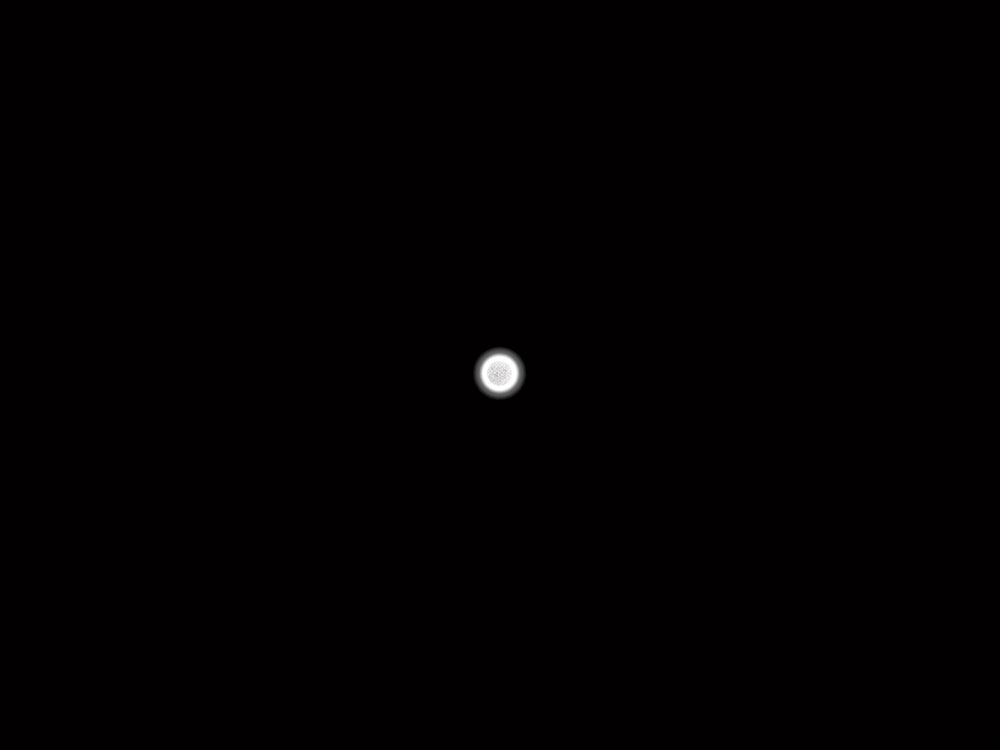ASTRONOMY
ASTRONOMY
ASTRONOMY
ASTRONOMY
ASTRONOMY
Before the Big Bang
Before the Big Bang
Before the Big Bang
Before the Big Bang
Before the Big Bang
When did everything start?
Was it billions or trillions of years ago?
Have you ever wondered what existed before life, the planets and the universe?
With science fiction as our guide, let us create a reality of our own and postulate plausible scientific solutions to these otherwise insurmountable questions.
Imagine if there was an advanced civilisation that experienced a cataclysmic event, whereby they could not save their future. What could they do to preserve their knowledge and continue their existence and how could they achieve it?
In a universe, not unlike our own, a nearby gravitational collapse of a neutron star, has facilitated an opportunity, to forever improve the advancement of life through genetically seeding DNA into a new universe.
DNA from life across countless planets are harvested and blood cells are modified to incorporate a vast repository of information that will forever be stored within DNA, engineered, then encased within trillions upon trillions of carbon capsules.
In a supposition state of mirrored partners, each entrapped carbon vessel acts as a metamaterial becoming impervious to the effects of gravitational tidal forces and oblivious to the laws of thermodynamics.
As the event horizon appears from the newly created black hole, a reactive device is released to generate a bridging wormhole that opens to a time, billions of years after the singularity event was created, to enable the egress of trillions of containment cells within this newly developed universe.
Binding to available raw materials, panspermia is achieved and life is restarted.
AFTER THE BIG BANG
13.8 billion years ago…
Before we start, we wish to recognise the following scientific and intellectual giants that inspire us:
Albert Einstein, Alexander Graham Bell, Archimedes, Aristotle, Carl Sagan, Charles Darwin, Edwin Hubble, Enrico Fermi, Ernest Rutherford, Erwin Schrödinger, Galileo Galilei, James Clerk Maxwell, John Dalton, Plato, Pythagoras, Isaac Newton, James Watson, Johannes Kepler, Leonardo Da Vinci, Linus Pauling, Marie Curie, Max Born, Max Planck, Michael Faraday, Nicolaus Copernicus, Niels Bohr, Nikola Tesla, Richard Feynman, Stephen Hawking & Thomas Edison.
Science tells us that there was an event, known as “the big bang” that occurred 13.798 billion years ago, give or take 37 million years.
In 1965, the discovery of the Cosmic Microwave Background Radiation confirmed a key prediction of the Big Bang cosmology and at that point, it was generally accepted that the Universe started in a hot, dense state and has been expanding over time. The only key issue remaining is why the radiation is not uniform from a singularity, as this points to events prior to the big bang.
The universe began from an origin point where an event initiated a prime fundamental force to counter all the matter and energy in the universe and eternally expand to create space and time.
This inflationary period, continues until the expansion of space, filled with this form of energy. The inflationary period is stopped only when energy, driven by the prime fundamental force is transformed into matter and energy we recognise today.
Within one second after the Big Bang, the four fundamental forces – electromagnetism, gravity, weak and the strong nuclear forces are no longer combined as one prime fundamental force.
The force of gravity separates from the other unified fundamental forces, and the earliest elementary particles and their antiparticles are created.
With the separation of the strong nuclear force, the universe endures a rapid exponential expansion, known as cosmic inflation. Particle interactions create a large numbers of exotic particles, bosons. Quarks, electrons, neutrinos and the four fundamental forces stabilise and in a process known as baryogenesis, quarks and antiquarks annihilate each other leaving one for every billion pairs, which combine to form matter.
Quarks combine to form hadrons, electrons collide with protons and fuse to form neutrons and neutrinos. After the majority of hadrons and antihadrons annihilate each other, leptons (such as electrons) and antileptons (such as positrons) dominate the mass of the universe.
Within 20 minutes, the temperature of the universe falls to a billion degrees whereby atomic nuclei can begin to form as protons and neutrons combine through nuclear fusion to form the nuclei of the simple elements of hydrogen, helium and lithium. After 20 minutes, the temperature and density of the universe falls to the point where nuclear fusion cannot continue.
For the next 240,000 years of gradual cooling, the universe is filled with plasma, a hot, opaque soup of atomic nuclei and electrons and by 300,000 years, the temperature falls to 3,000 degrees, ionized hydrogen and helium atoms capture electrons and the universe becomes transparent to light, making this the earliest observable time period.
Photons released in this early universe are the same ones we see in today’s cosmic background radiation.
For the first 150 million years, the universe was dark, with no stars to give off light. Then, within one billion years, quasars formed enabling intense radiation to reionise the surrounding universe. As gravity forced dense clouds of cosmic gas to collapse, nuclear fusion reactions between hydrogen atoms, create the first short-lived supermassive stars, a hundred times larger than the mass of our Sun, known as metal-free, Population III stars. After expending their supply of fuel, the star collapses and reignites to create Population II & I stars, eventually exploding in supernova events.
Our Sun is a late-generation star, incorporating the debris from many generations of earlier stars, and it and the Solar System around it formed roughly 4.54 billion years ago…
